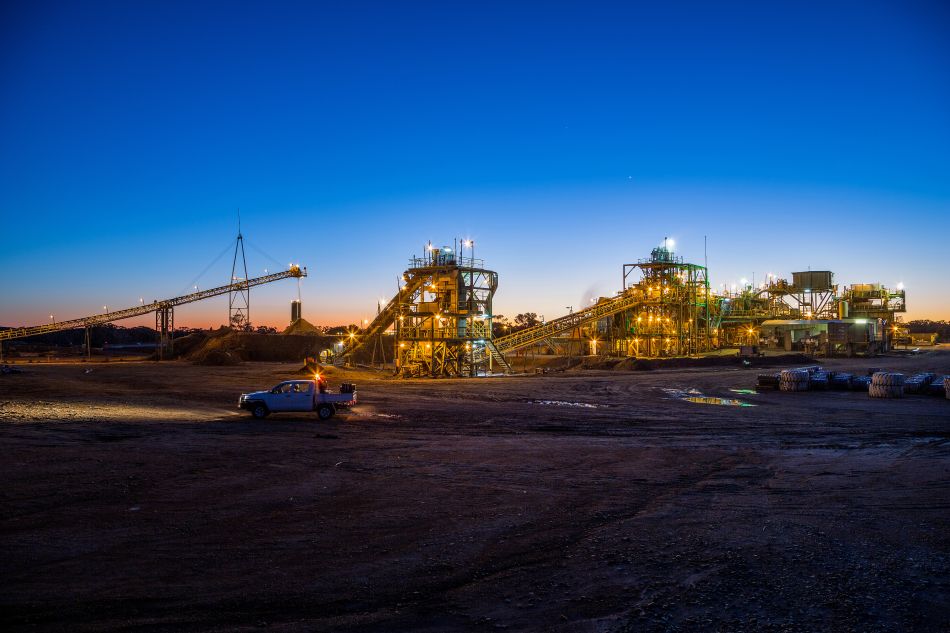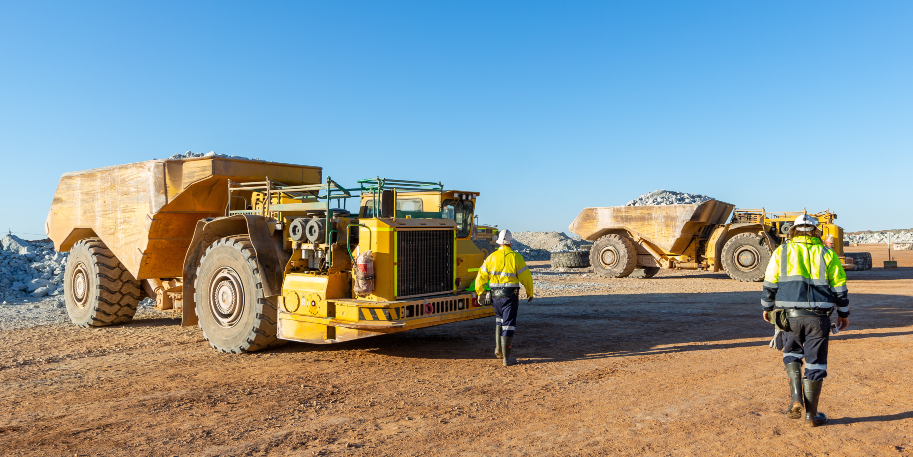The mining industry is facing a talent crunch that can’t be ignored. If you’ve ever tried to hire specialised mining engineers, you’ve likely experienced posting a job only to get a trickle of qualified applications, none matching what you need.
It’s not just you. Across Australia—and the world—mining companies compete for a shrinking pool of skilled engineers. As major projects ramp up across WA, Queensland and beyond, a wave of retirements are also sweeping the industry, making the problem worse.
This is an HR headache, and it’s affecting the bottom line. When key engineering positions go unfilled, projects stall, operational efficiency suffers, and opportunities for innovation are missed.
Smart HR teams are adapting to this challenge and finding new ways to attract skilled workers. We’ll outline the real cost of this skills shortage then show you some practical ways to work around it to fill more essential vacancies.

Current Landscape: The Engineering Talent Shortage
The data tells a concerning story. According to the latest Australian Resources and Energy Employer Association (AREEA) report, the mining sector needs 24,000 additional workers by 2026, with engineers among the most difficult roles to fill.
What’s driving this shortage? Several factors have collided to create a perfect storm:
- An ageing workforce with approximately 20% of mining engineers in Australia now over 55, creating a “grey wave” of retirements
- A decline in domestic mining engineering graduates – some university programs have seen enrolments drop by over 50% in the past decade
- Increased project activity creating competition for the same talent pool
- Growing demand for new skill sets around automation, digitalisation and sustainable mining practices
The skills gap varies by specialisation. Metallurgical engineers with experience in rare earth processing are particularly scarce as Australia expands its critical minerals capacity. Similarly, geotechnical engineers with open-pit to underground transition expertise are in high demand as older mines evolve.
The Cost of Unfilled Positions
The cost of vacant engineering positions goes well beyond recruitment costs. When mining operations lack critical technical expertise, the impact is felt more widely:
- Project delays that can cost millions per month in lost production
- Mines rely on expensive consultants as a stopgap
- Knowledge gaps in technical risk management can affect safety outcomes
- Limitations on adopting new technologies that could improve efficiency
- More work is expected from existing engineering staff, contributing to burnout and turnover
For a typical mid-sized mining operation, an unfilled senior engineering role creates $100,000+ in direct and indirect costs. When multiplied across several positions and extended timeframes, there’s a strong business case to invest in better talent acquisition processes.

The Most In-Demand Specialisations
The most recent resources boom created a demographic bulge, with many engineers now in mid-to-late career stages. Talent is increasingly concentrated in capital cities rather than regional mining hubs, as FIFO work models have become the norm.
The education pipeline is changing as well. Traditional pathways like the University of Queensland, Curtin University and UNSW have seen declining enrolment in specialist mining programs since 2015, while there’s growing interest in adjacent fields like environmental engineering with mining applications.
This all means that certain technical specialisations consistently rank as most difficult to source:
- Geotechnical engineers with experience in complex ground conditions or underground operations
- Metallurgical engineers with expertise in processing complex ores or critical minerals
- Mining engineers specialised in automation and remote operations
- Process engineers with experience optimising plant efficiency and reducing energy consumption
- Environmental engineers with expertise in mine rehabilitation and water management
So, what can you do if you’re not one of the Tier-1 players who can compete on salary alone?
How to Build a Better Sourcing Strategy
1. Develop Specialised Personas
Generic job advertisements won’t cut it in today’s market. Develop detailed candidate personas for each technical specialisation so you target your search more effectively:
Example: Senior Metallurgical Engineer Persona
- Technical profile: 10+ years experience, focus on gold processing optimisation
- Career motivations: Technical challenges, opportunity to implement innovations
- Professional community: Active in AusIMM, regular conference presenter
- Work preferences: Values operational autonomy, prefers Perth-based with site visits rather than FIFO
By building these personas, you can make everything from job descriptions to interview processes appeal specifically to your target candidates.
2. Talent Mapping
Where do you actually find your ideal candidates? Mapping the market means identifying the top mining companies with strong technical teams in your target specialisation and researching which universities produce graduates in your needed specialisations.
You should identify which professional associations, LinkedIn groups, and technical forums attract your target candidates, and note upcoming industry conferences where specialists gather. This mapping exercise creates a foundation for targeted outreach rather than generic mining recruitment efforts.
3. Use a Multi-Channel Sourcing Approach
With specialised roles, relying solely on job boards doesn’t work. A multi-channel approach includes establishing a presence at technical conferences like AusIMM events or Diggers & Dealers, running direct outreach campaigns via LinkedIn targeting specific technical keywords, and implementing employee referral programs with incentives for hard-to-fill technical roles.
Don’t forget about industry-specific platforms like MiningCareers or Infomine rather than just Seek or Indeed, and consider partnerships with professional associations for access to member directories. The right mix of channels will depend on your specific needs, but diversity in approach is essential.
4. Engage with Passive Candidates
The best mining engineers rarely need to actively job hunt – opportunities find them. You can develop relationships before you have specific vacancies and create content that shows off your technical projects and engineering environment. Always leverage your existing technical team for outreach, as engineers respond better to peers than recruiters.

Create a Employer Value Proposition That Appeals to Engineers
Compensation alone won’t win the battle for specialised talent. Your employer value proposition needs to address what engineers actually value:
- Technical challenge and the chance to solve complex problems
- Access to new technologies and methodologies
- Professional development opportunities and pathways to technical leadership
- Work with high-calibre peers in a collaborative environment
- Meaningful work with visible impact on operations
How you position your company matters too. Today’s mining engineers, particularly younger ones, are increasingly drawn to organisations that demonstrate:
- Innovation focus (not just “how we’ve always done it”)
- Genuine commitment to sustainability beyond compliance
- Investment in new technologies and approaches
- Support for professional growth and knowledge sharing
We discuss Employer Value Proposition in more depth in this article.
How Do You Know If It’s Working?
Track the right metrics to refine your sourcing strategy over time. It’s important to measure time-to-fill for different engineering specialisations—90-120 days for specialist roles is the standard benchmark.
Monitor quality-of-hire indicators such as project contributions and successful innovation implementation. Evaluate source effectiveness by determining which channels consistently produce the most qualified candidates.
Gather candidate experience feedback, particularly from those who decline offers, to understand your competitive position. Finally, track retention rates for different engineering specialisations to ensure your hiring strategy delivers long-term results, not just quick fills.
The competition for specialised mining engineers won’t ease anytime soon. Companies that approach this challenge strategically – build robust talent pipelines, engage passive candidates effectively, and create compelling value propositions – will gain a significant advantage.

